A new history of Braun charts the company’s path to ultimate modernist manufacturer
Phaidon’s monograph Braun: Designed to Keep tracks over a century of product design, including its long-standing collaboration with Dieter Rams

The work of Dieter Rams and his subsequent elevation to design god and guru is well chronicled, both in exhibitions, collections and books, including Sophie Lovell’s definitive Dieter Rams: As Little Design As Possible (2011). Klaus Kemp adds to the oeuvre with this detailed look at the company that enjoyed such a mutually beneficial relationship with Rams, Braun.
'Braun: Designed to Keep', published by Phaidon
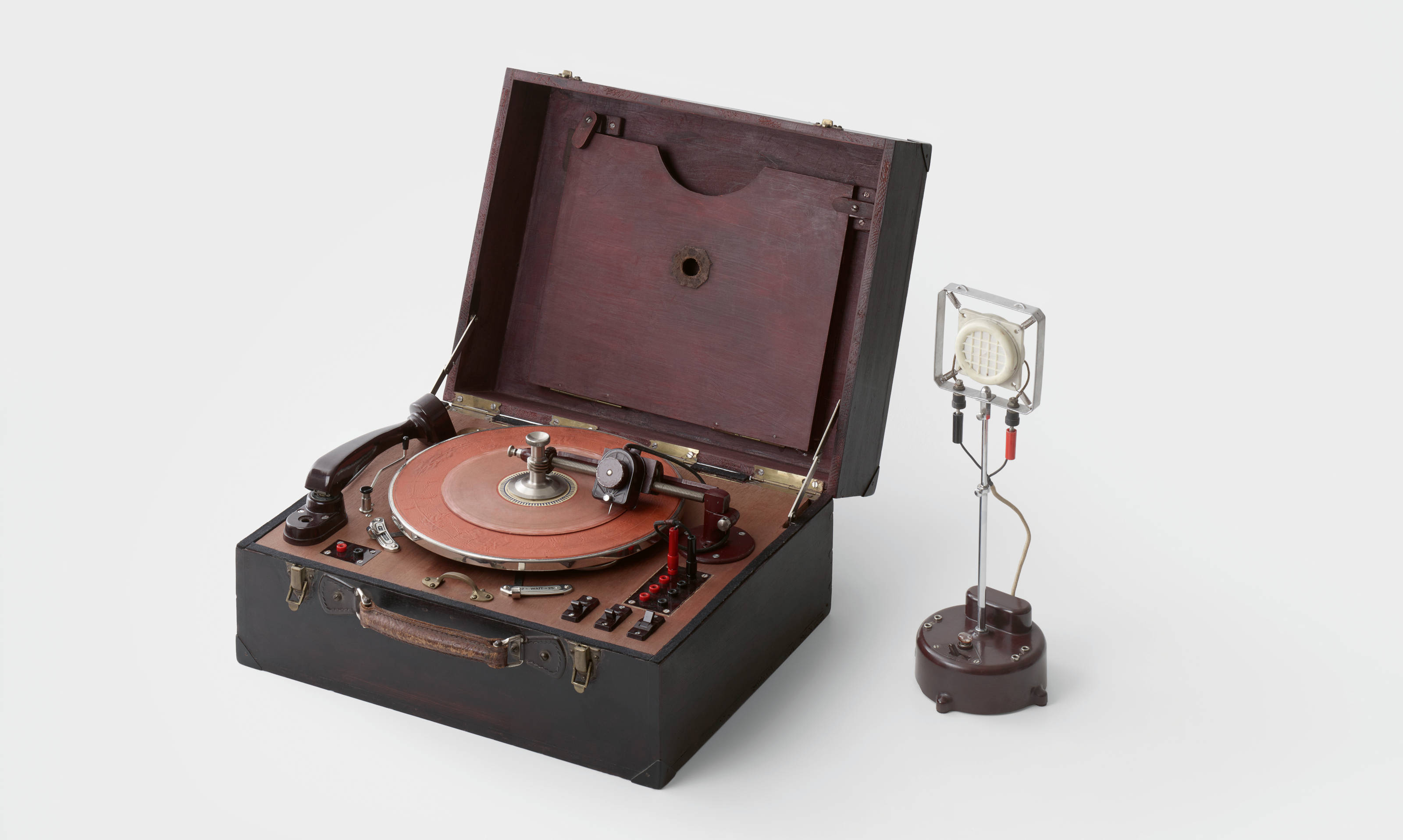
Home Recorder, BMF 2020. This recorder and microphone set, produced in 1935 and 1932 respectively, allowed customers to record on blank records. An innovative idea that was ultimately stymied by technological issues
In Braun: Designed to Keep, published by Phaidon, Klemp considers the history and influence of this German manufacturing powerhouse. Max Braun set up his first workshop in Frankfurt in 1921 to capitalise on the rising public demand for radio. Expansion was rapid, especially after Braun focused on making high-quality components for other manufacturers to buy, and branches and factories opened across Europe.
Subsequently co-opted in the Nazi war machine, for which the company produced flashlights, walkie-talkies and other military componentry, the Braun factory was extensively damaged by bombing. It survived to become one of the pillars of reconstruction and the introduction of the pioneering S50 electric shaver in 1950 transformed Braun’s fortunes.
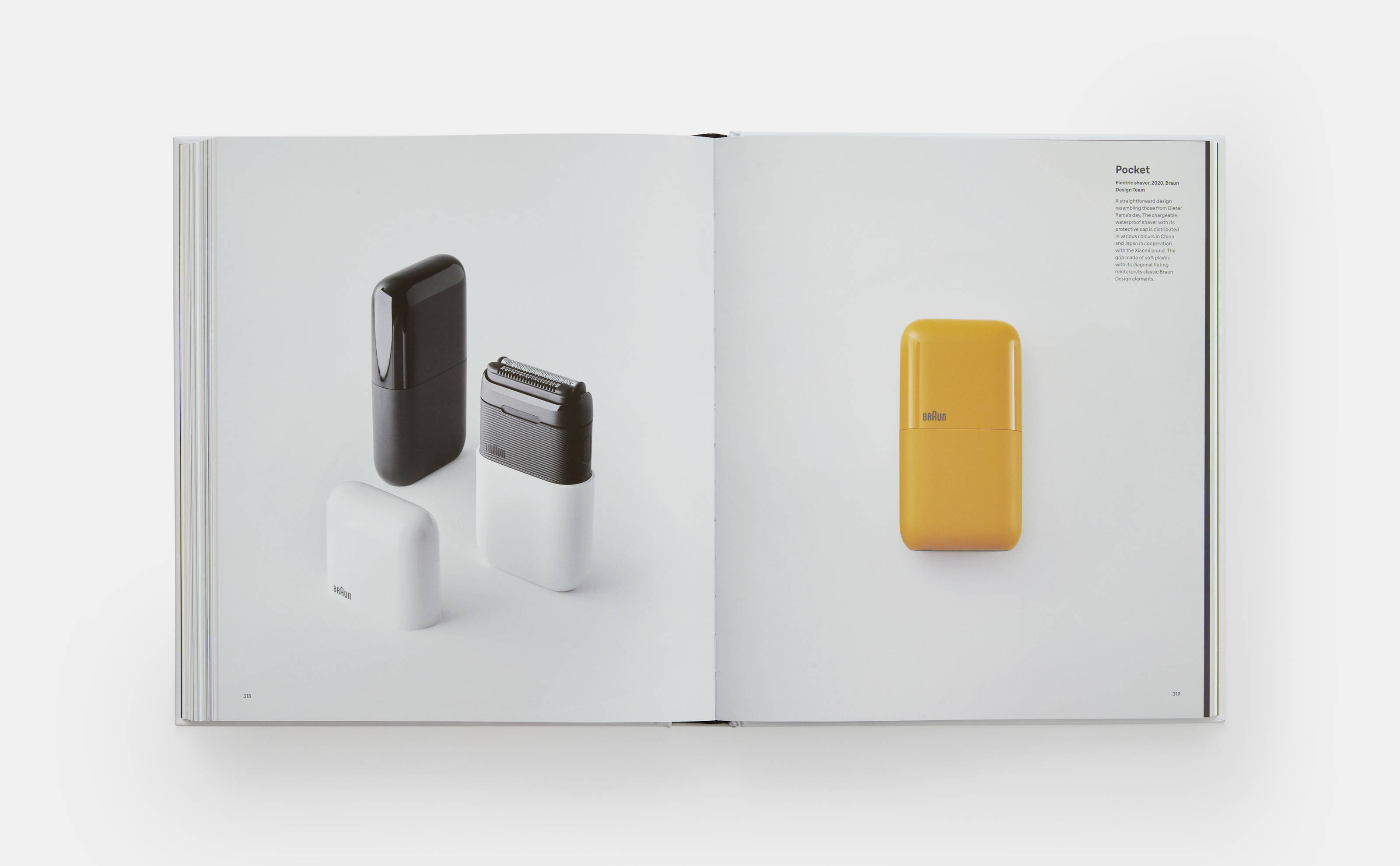
Spread from Braun: Designed to Keep
Max Braun died in 1951 and his sons Artur and Erwin took over, taking the company into a new era of prominence. Domestic goods now made up a substantial proportion of its output, from electronics to kitchen appliances. The consumer revolution was under way, and together with smart marketing and presentation – some of which is reproduced here – and a focus on design, Braun became shorthand for reliable, no-nonsense modernist goods.

A selection of Braun products from 1960 to 1974
After a spell of collaborating on graphics and product design with Otl Eicher, Inge Aicher-Scholl and Hans Gugelot from the Ulm School of Design, the spiritual successor to the Bauhaus (the bulk of the work was done by Gugelot), the company turned to Rams, who had joined in July 1955 as a product designer. From 1961 until 1997, he was Braun’s head designer. The book covers the ins and outs of this bold decision to bring product design in-house, and how Rams’ personal philosophy of design bled into the Braun aesthetic.

Wall-mounted Hi-Fi unit: TS 45, TG 60 and L 450, Controller, tape recorder and flat loudspeaker, 1964 & 1965, Dieter Rams
Klemp, a design curator and professor at the Ulm School, captures the company’s key products, tracking how technological advances were filtered down into mass manufacturing and how and why the Braun design aesthetic has never wavered, right up to modern day collaborations with the likes of Virgil Abloh. As well as advertising and archive imagery, there is excellent all-new photography of classics from the corporate archive. A comprehensive and covetable overview of one of the greatest modern manufacturers.
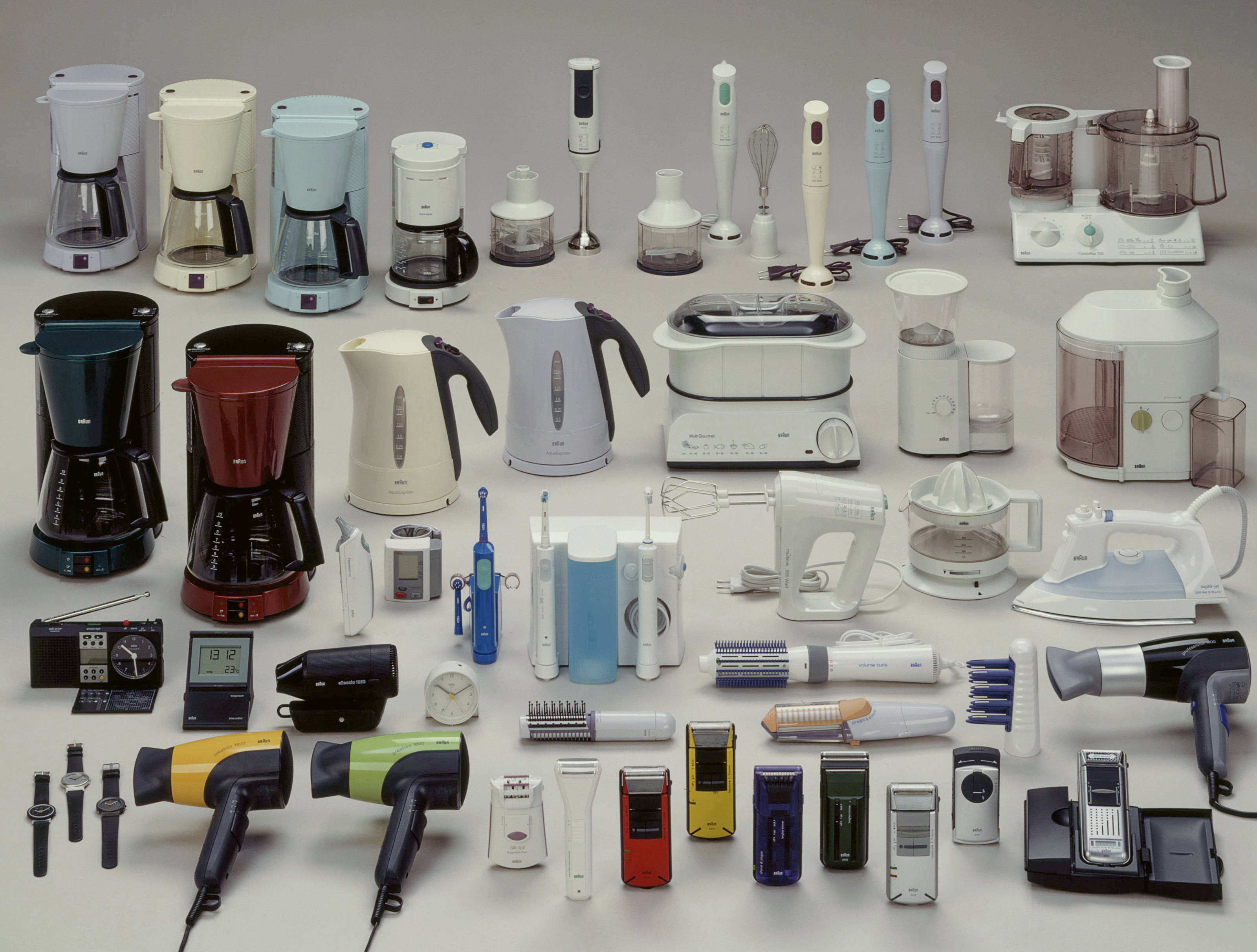
The Braun product portfolio in the late 1990s
Braun: Designed to Keep, Klaus Klemp, Phaidon, £59.95, Phaidon.com
Receive our daily digest of inspiration, escapism and design stories from around the world direct to your inbox.
Jonathan Bell has written for Wallpaper* magazine since 1999, covering everything from architecture and transport design to books, tech and graphic design. He is now the magazine’s Transport and Technology Editor. Jonathan has written and edited 15 books, including Concept Car Design, 21st Century House, and The New Modern House. He is also the host of Wallpaper’s first podcast.
-
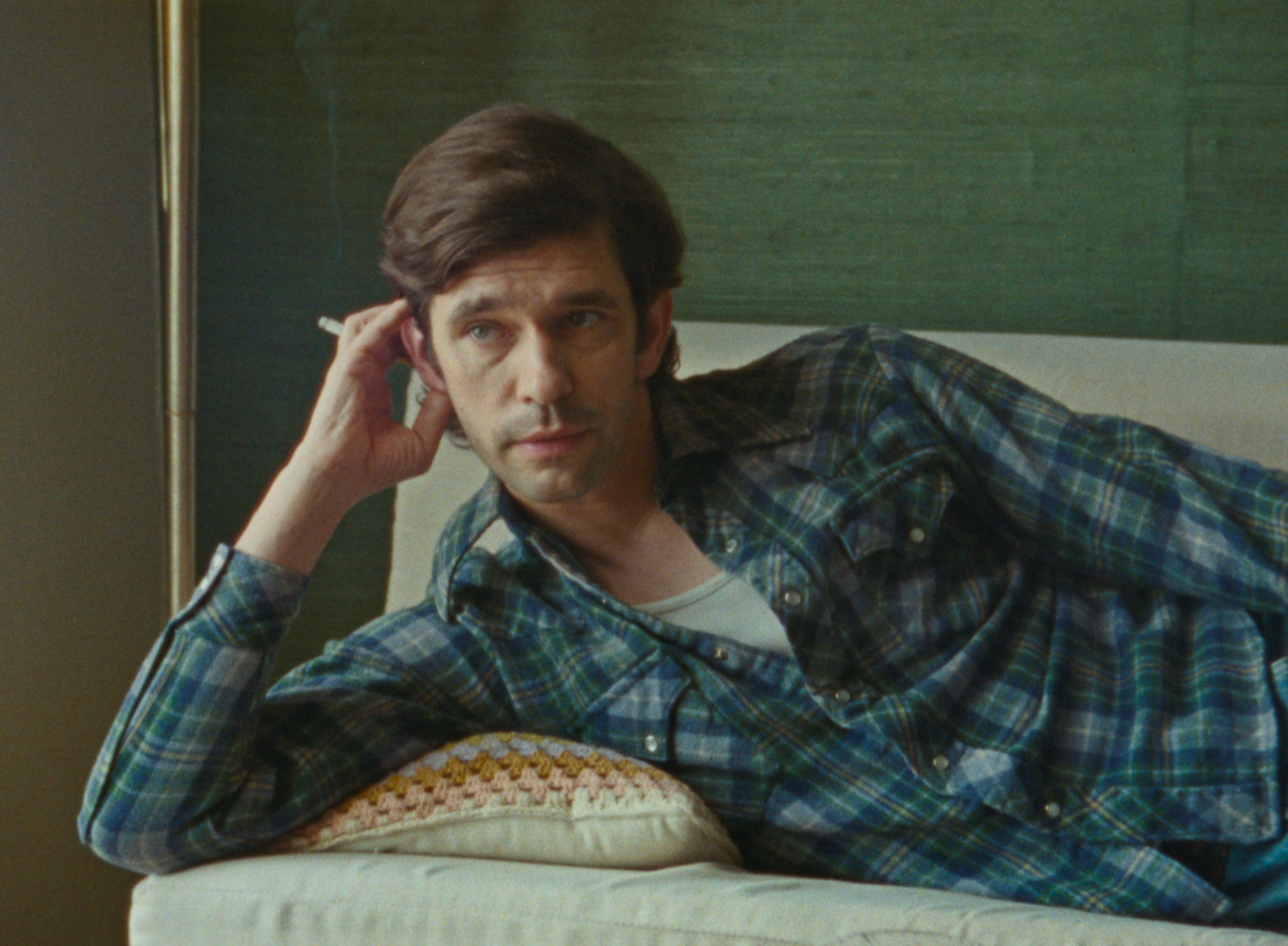 Can the film 'Peter Hujar's Day' capture the essence of the elusive artist?
Can the film 'Peter Hujar's Day' capture the essence of the elusive artist?Filmmaker Ira Sachs and actor Ben Whishaw bring Peter Hujar back to the front of the cultural consciousness
-
 New tech dedicated to home health, personal wellness and mapping your metrics
New tech dedicated to home health, personal wellness and mapping your metricsWe round up the latest offerings in the smart health scene, from trackers for every conceivable metric from sugar to sleep, through to therapeutic furniture and ultra intelligent toothbrushes
-
 Out of office: The Wallpaper* editors’ picks of the week
Out of office: The Wallpaper* editors’ picks of the week'Tis the season for eating and drinking, and the Wallpaper* team embraced it wholeheartedly this week. Elsewhere: the best spot in Milan for clothing repairs and outdoor swimming in December
-
 Less but better: Dieter Rams’ lessons on show at ADI Design Museum, Milan
Less but better: Dieter Rams’ lessons on show at ADI Design Museum, MilanAn exhibition at Milan’s ADI Design Museum celebrates Dieter Rams’ creations
-
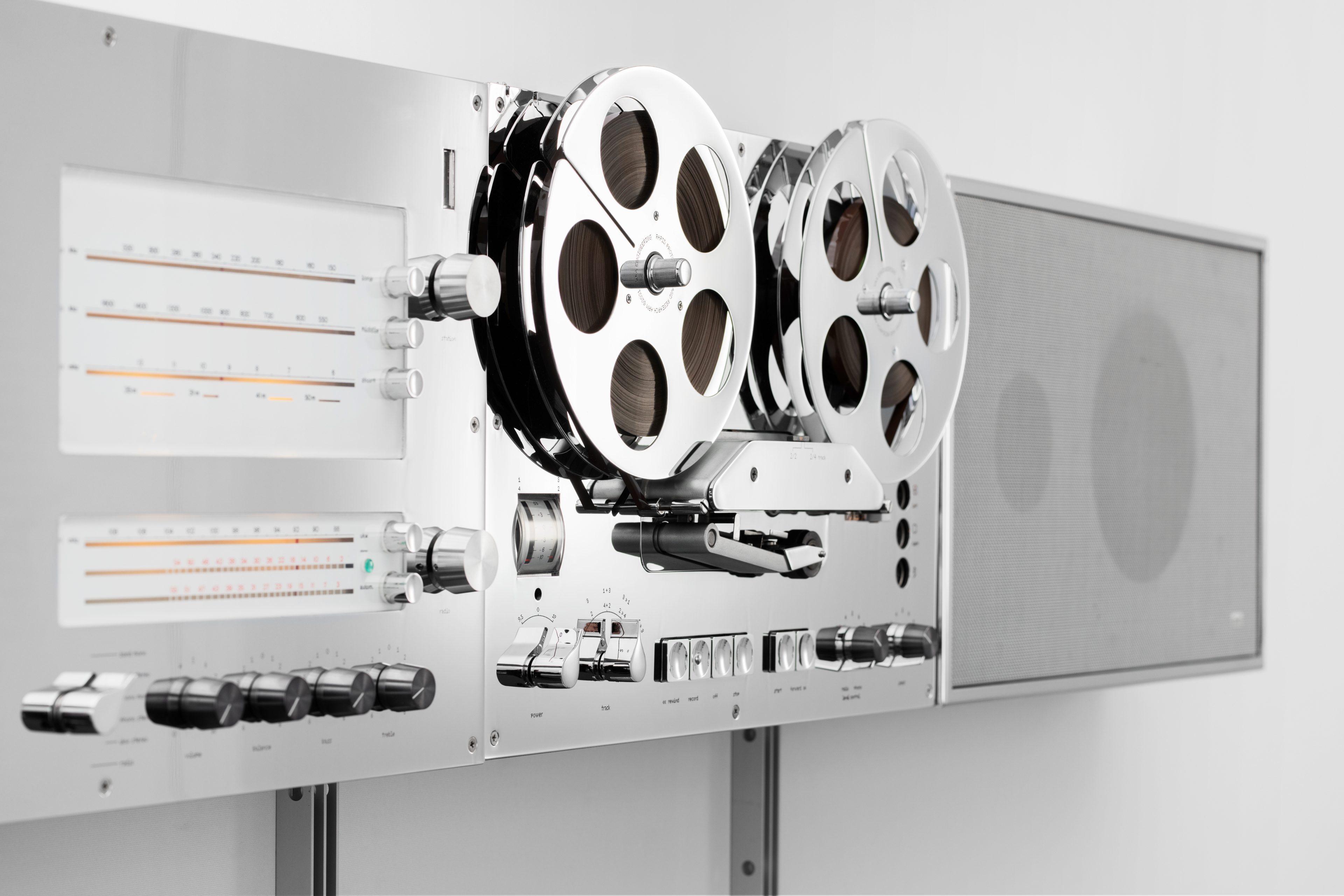 Virgil Abloh reimagines Braun’s iconic Wandanlage stereo
Virgil Abloh reimagines Braun’s iconic Wandanlage stereoBraun and Virgil Abloh team up to celebrate the company's centenary with a new project that features timeless design, film and the designer's eclectic musical universe
-
 Tony Chambers on why ‘less but better’ is the future for retail and design
Tony Chambers on why ‘less but better’ is the future for retail and design -
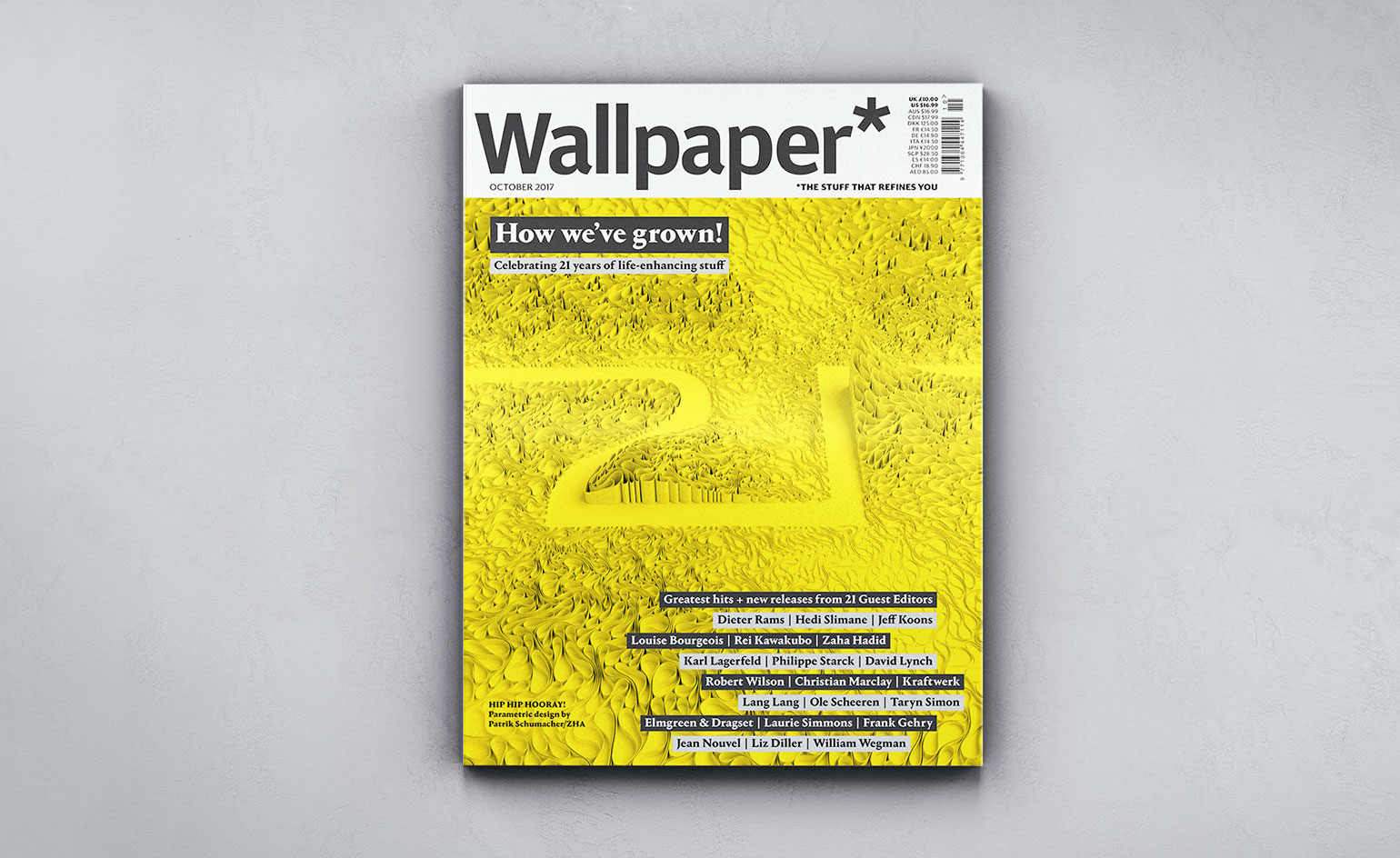 A hole in one: celebrating 21 years of life-enhancing stuff
A hole in one: celebrating 21 years of life-enhancing stuff -
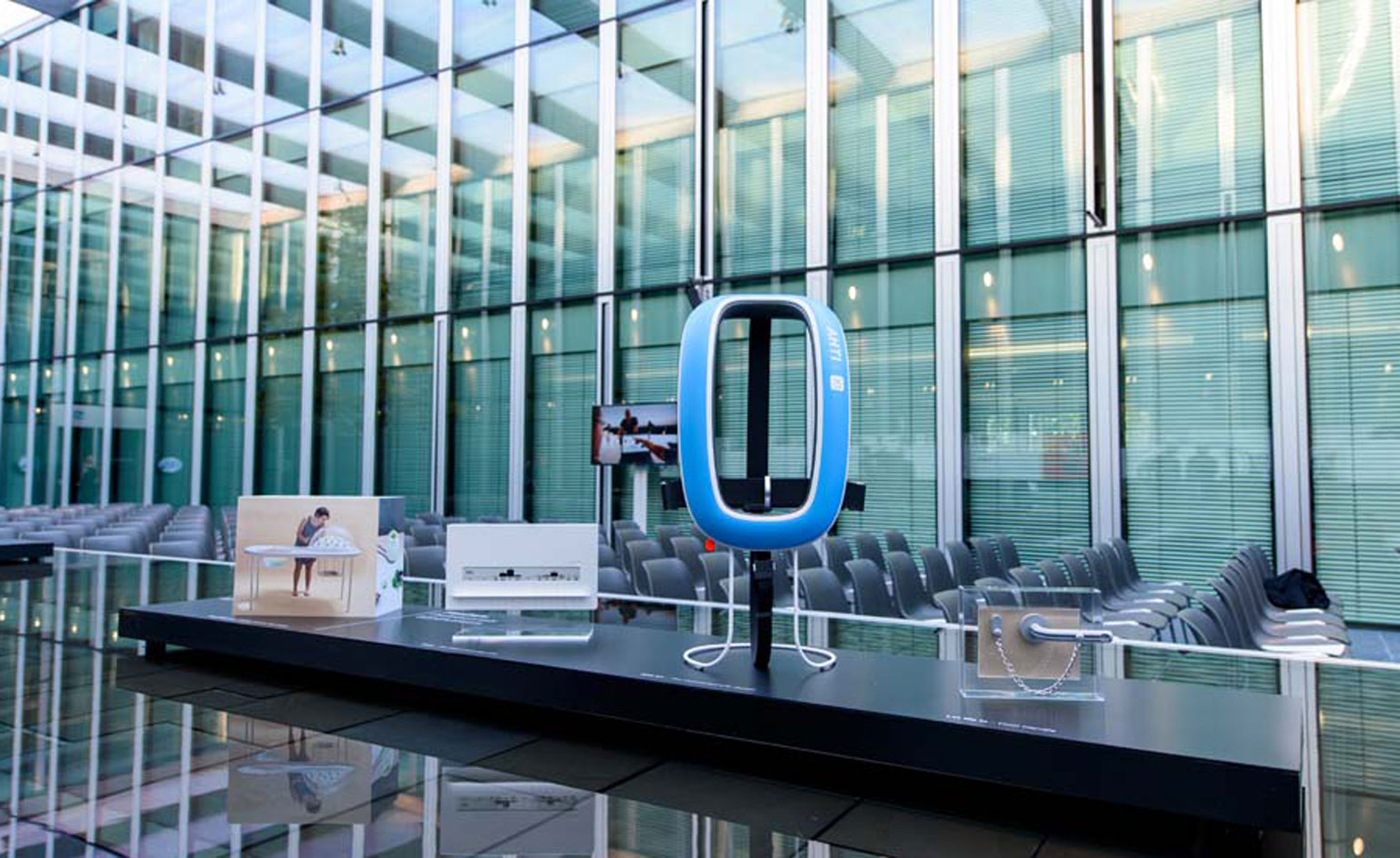 Winning design: BraunPrize 2015 announces trio of champions
Winning design: BraunPrize 2015 announces trio of champions -
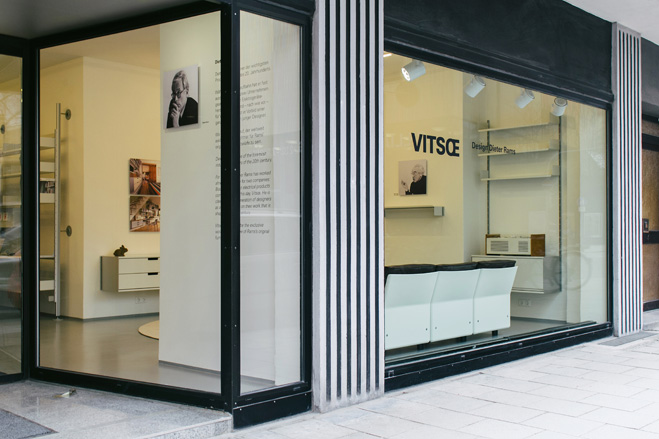 Vitsoe opens a new outpost in Munich
Vitsoe opens a new outpost in Munich -
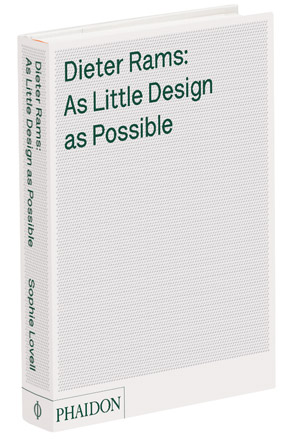 Book: Dieter Rams - As Little Design as Possible
Book: Dieter Rams - As Little Design as Possible